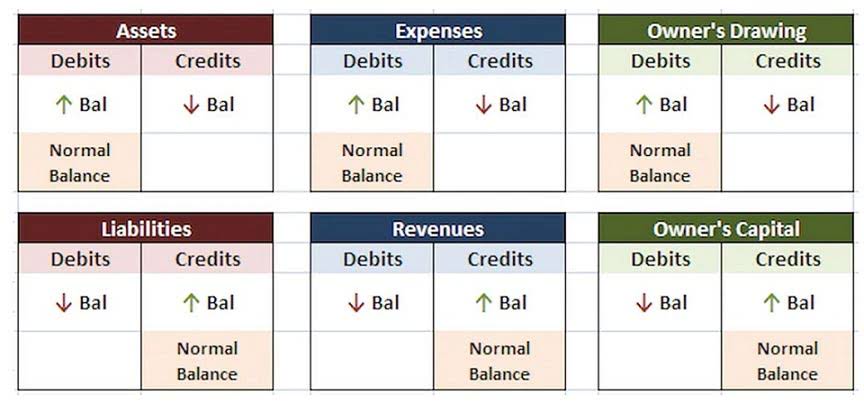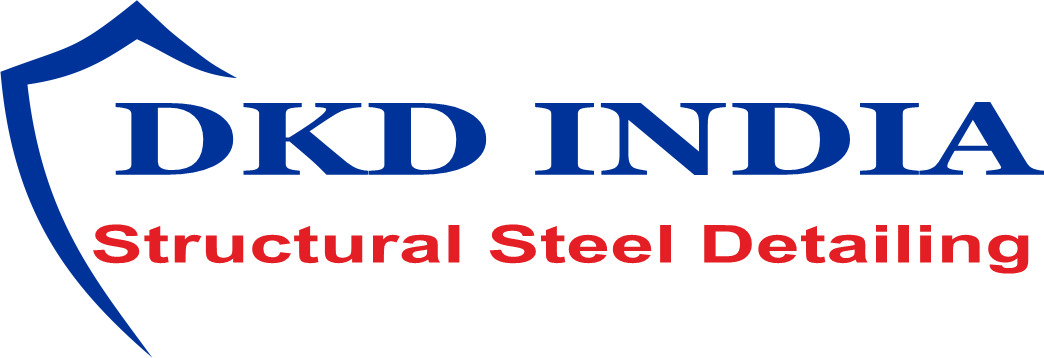
Managers may also want to concentrate on a product’s impact on a bottleneck activity. It means they are primarily concerned with the product’s direct materials cost and the time it spends in the bottleneck. Both strategies require careful planning and execution, but the rewards can be significant. By improving product quality, manufacturers can reduce material costs while reducing warranty expenses and increasing customer satisfaction. Reducing waste helps companies save on both the cost of raw materials and disposal fees.
- It also transfers the cost of those items to the work in process inventory and decreases the raw materials inventory by the same amount.
- One or more production departments are involved in the work process, where labor and overhead turn raw materials into completed commodities.
- If the company can demonstrate such a relationship, they then often allocate overhead based on a formula that reflects this relationship, such as the upcoming equation.
- If production costs increase due to increased raw material prices or wages, this will also directly affect the overall product cost.
- The calculation provided only considers the cost of wax and fragrance oil used in a production month but does not provide information on the number of candles produced.
- Other factors, such as market demand, competition, and the company’s overall strategy, should also be considered when setting the price of a product.
Without a solid understanding of where your expenses are going, you risk losing money and valuable resources. You also need to invest in marketing, sales, customer support, legal, and more to ensure your product reaches the hands of the customers you want to serve. Are you going to hire employees, an agency, or freelancers to build your product? If your prices are too high, customers may be uninterested in your offer.
The Service Industries and Their Use of the Activity-Based Costing Allocation Method
The costs assigned to job MAC001 are $300 in vinyl, $100 in black ink, $60 in red ink, and $60 in gold ink. During the finishing stages, $120 in grommets and $60 in wood are requisitioned and put into work in process inventory. The costs are tracked from the materials requisition form to the work in process inventory and noted specifically as part of Job MAC001 on the preceding job order cost sheet. Returning to the example of Dinosaur Vinyl’s order for Macs & Cheese’s stadium sign, Figure 4.7 shows the materials requisition form for Job MAC001. This form indicates the quantity and specific items to be put into the work in process. It also transfers the cost of those items to the work in process inventory and decreases the raw materials inventory by the same amount.

The materials are sent to the production department as it is needed for production of the products. Product costs include any expenses incurred on producing or manufacturing a product. Usually, it consists of direct material, direct labour, factory overheads, and consumable supplies. Companies then allocate them to units produced during a specific period. This way, factory overheads also contribute to a company’s production costs.
Cost of Goods Sold (COGS) Explained With Methods to Calculate It
The average price of all the goods in stock, regardless of purchase date, is used to value the goods sold. Taking the average product cost over a time period has a smoothing effect that prevents COGS from being highly impacted by the extreme costs of one or more acquisitions or purchases. During product costs consist of periods of rising prices, goods with higher costs are sold first, leading to a higher COGS amount. Since prices tend to go up over time, a company that uses the FIFO method will sell its least expensive products first, which translates to a lower COGS than the COGS recorded under LIFO.
What is cost price? Definition from TechTarget – TechTarget
What is cost price? Definition from TechTarget.
Posted: Thu, 07 Apr 2022 00:47:17 GMT [source]
Overcosting can lead to losing customers and sales, financial problems, and even business closure. To avoid these problems, competitively pricing your goods and services is essential. When a business costs its products or services too high, it can miss out on customers and sales. In conclusion, understanding product cost is critical for the success of a business.
A. Direct materials
This system assigns manufacturing costs to specific products, allowing the company to see which products are the most expensive to produce. Say you plan to sell your widget at $50 per unit based on your estimation of your costs and what you think the market will pay for it. To figure out what level of sales (call it “a”) will give you a profit of $0, use the above breakeven formula and these estimates. This can be obvious in theory (cost of the materials and the processes that create it) but not so obvious—and certainly not that easy in practice.
We assume, in this case, that one of the marketing advantages that the bakery advertises is 100% handmade pastries. Traditional billboards with the design printed on vinyl include direct materials of vinyl and printing ink, plus the framing materials, which consist of wood and grommets. The typical billboard sign is 14 feet high by 48 feet wide, and Dinosaur Vinyl incurs a vinyl cost of $300 per billboard. These components include direct materials, direct labor, factory overheads, and consumable supplies.
To avoid these consequences, you must ensure that you price your products and services competitively. On the other hand, if a company over costs its products, customers may be unwilling to pay the price and choose to purchase from a competitor. In addition, if a company consistently charges too much for its products, it could hurt its reputation and lose customers over time. Still, no more material is available for purchase (and, therefore, must be ordered at an additional cost).
